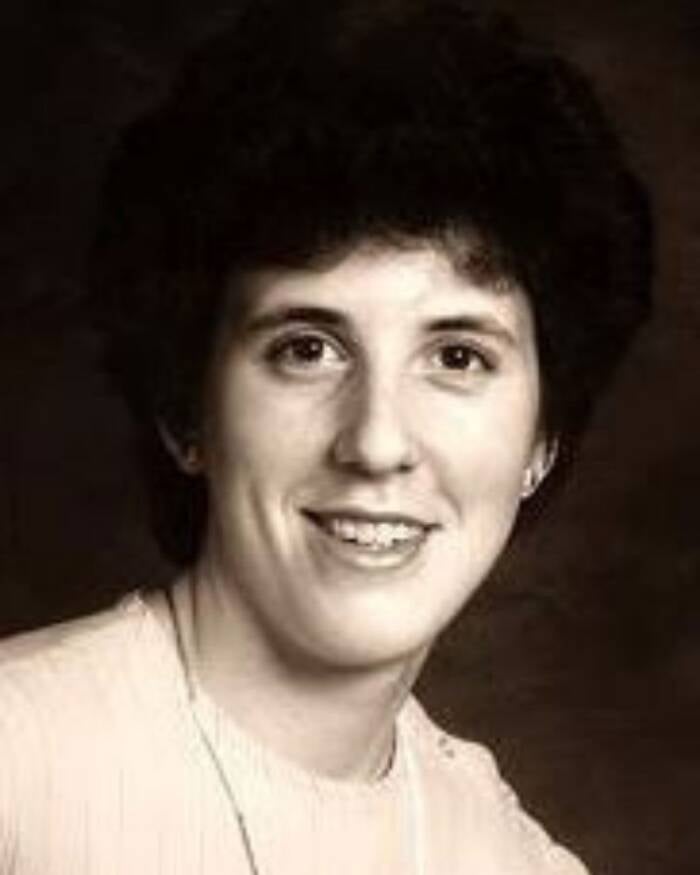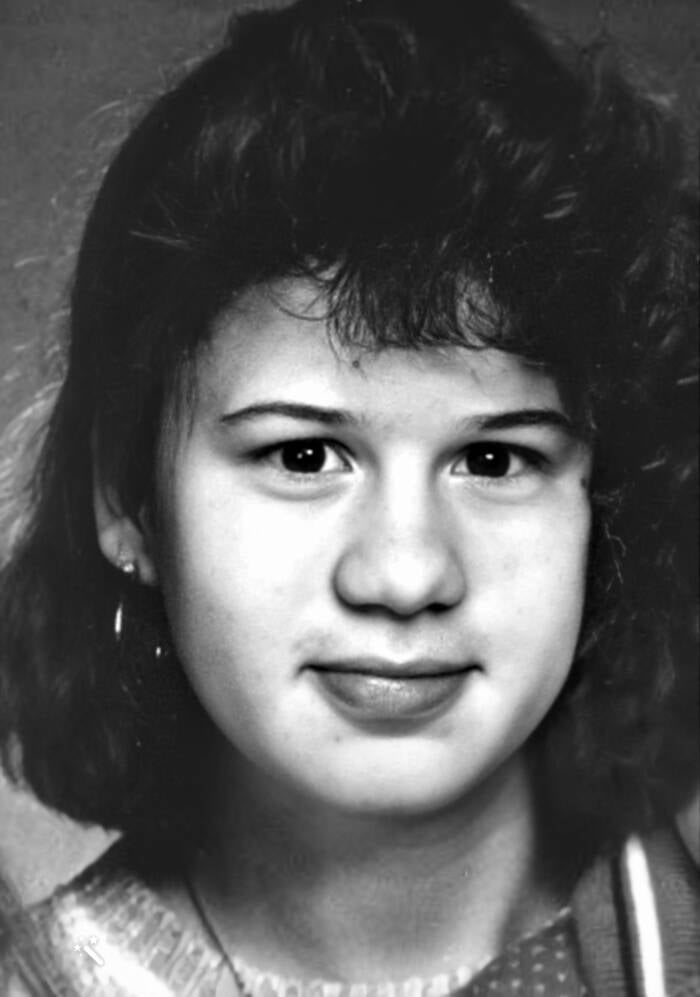Harvey Miguel Robinson was just 19 when he was sentenced to death for murdering two women and a 15-year-old girl between 1992 and 1993, becoming the youngest serial killer in the U.S. to ever be put on death row.

Pennsylvania Department of CorrectionsHarvey Miguel Robinson murdered three people between 1992 and 1993.
Harvey Robinson was just 17 years old when he started killing. The Pennsylvania teenager murdered two women and a 15-year-old girl and raped two other victims between 1992 and 1993 — and he was caught while trying to murder again.
Robinson came from an abusive family, and he’d had behavioral issues from a young age. Still, his twisted crimes were shocking, particularly his assault on a five-year-old girl.
He was finally arrested in July 1993 when he returned to the home of one of his rape victims, seemingly to kill her off, too. He entered the house only to find a police officer posted inside. Although he escaped at first, the authorities caught up with him when he went to a local hospital to seek treatment for an injury he’d sustained during the break-in.
The following year, Harvey Robinson was convicted of murder and sentenced to death. At just 19, he became the youngest serial killer on death row in American history. He remains imprisoned to this day.
Harvey Robinson’s Childhood Laid The Groundwork For His Future Crimes
Like many juvenile offenders, Robinson’s background heavily influenced his life of crime. He was born in Allentown, Pennsylvania, on Dec. 6, 1974, to an alcoholic and abusive father who had previously served time in prison for beating his girlfriend to death in 1962.
By the time young Harvey was nine years old, he had already been arrested. He had severe problems with his behavior at school, and he once assaulted a teacher. He was arrested throughout his youth for crimes like burglary and terroristic threats, and he was seemingly unable to tell right from wrong.

Pennsylvania Department of CorrectionsOne of Harvey Robinson’s earlier mugshots, taken not long after his arrest for murder.
He may have first attempted to kill in 1990. That year, a teenage boy entered the bedroom of 13-year-old Leslie Gerhart through a window and beat her with a brick. Robinson was never charged with the crime, but he’s long been a suspect.
Two years later, however, a similar attack took place in the apartment of Joan Burghardt — and this time, Harvey Robinson left his DNA behind.
The Grisly Crimes Of The Teenage Serial Killer
One night in August 1992, 29-year-old Joan Burghardt was getting ready for bed when Robinson entered her apartment, raped her, and beat her to death. Burghardt had reported a break-in at her residence on August 5 after she found a cut in her screen door and $50 missing, but nothing else seemed to be disturbed. Then, on the morning of August 9, a neighbor called the police to report that they hadn’t seen Burghardt for three days and they’d heard screams coming from her apartment one night.
When the police arrived at the scene, they found Burghardt dead and partially unclothed with 37 wounds, according to court documents.

Find a GraveHarvey Robinson’s first murder victim, Joan Burghardt.
Police frantically searched for Burghardt’s killer, collecting DNA samples from the semen left on her corpse. Little did they know, they already had him in custody for completely unrelated charges. Harvey Robinson spent eight months in prison for burglary — and as soon as he was released, he struck again.
This time, he abducted 15-year-old newspaper carrier Charlotte Schmoyer on her morning route on June 9, 1993. When a concerned resident found Charlotte’s abandoned cart, they called the police, who found the girl’s body in a wooded area later that day. She’d been raped and stabbed 22 times. Again, they collected DNA samples from semen on her body, but they didn’t yet have a suspect to match them to.
Less than two weeks later, on June 20, Robinson broke into the home of another woman he’d been stalking. However, when he found her sleeping in bed with her boyfriend, he raped her five-year-old daughter instead. He choked the girl and left her for dead, but she regained consciousness and alerted her mother about the attack.

Find a GraveCharlotte Schmoyer, the 15-year-old girl who was murdered by Harvey Robinson while delivering newspapers.
Then, on June 28, Robinson attacked Denise Sam-Cali in her Allentown home. She woke up that night while her husband was out of town to find Robinson in her house, and she ran out the front door. He chased her down and raped her on her front lawn, punching her several times as he held her down. Still, she continued to fight back, and Robinson eventually fled the scene.
And two weeks later, on July 14, Robinson murdered his final victim, 47-year-old Jessica Jean Fortney.
But 18-year-old Harvey Robinson’s chilling murder streak would soon come to an unexpected end.
The Arrest And Trial Of Harvey Robinson
On July 18, 1993, four days after killing Fortney, Robinson tried to enter Sam-Cali’s house again. However, she’d had an alarm installed, and he ran off when it blared. Terrified, Sam-Cali reported the incident to the police, and they sent an officer to stay at her home for the next several nights in case the attacker tried to return yet again.
And Robinson did try again. On July 31, he sneaked in through a window to avoid the door alarm — but Officer Brian Lewis was waiting for him. The men exchanged gunfire before Robinson pushed through a glass storm door and ran off. A few hours later, Lewis identified Robinson at a nearby hospital, where the teen had gone to receive treatment for lacerations from the glass door.
The police soon discovered that Robinson’s DNA matched semen found on all five of his victims: Burghardt, Schmoyer, Sam-Cali, Fortney, and the five-year-old girl. He was arrested for three counts of first-degree murder as well as attempted homicide, rape, burglary, and criminal trespass.

WFMZ-TVDenise Sam-Cali, the survivor who helped bring Harvey Robinson to justice, speaking in a news interview later in life.
Harvey Robinson was convicted in November 1994, a month before he turned 20. He was sentenced to death for the three murder charges, making him the youngest serial killer to ever be on death row.
His death sentence was reduced to life in prison for Joan Burghardt’s murder, since he was just 17 at the time. And he waived his right to appeal in exchange for another life sentence in the Schmoyer case. However, he remains on Pennsylvania’s death row for Fortney’s murder, a sentence that was upheld once more in 2013.
In 2019, Robinson appealed the Burghardt case yet again, and a judge reduced his sentence to 35 years behind bars. The judge also asked Robinson a question: Had he considered donating his brain to science?
As The Morning Call reported at the time, Judge Edward D. Reibman said, “I think the one gift you can give to the community is helping science understand your behavior.”
After reading about the chilling crimes of teenage serial killer Harvey Robinson, go inside the story of Jesse Pomeroy, America’s youngest serial killer. Then, learn about Amarjeet Sada, the youngest known serial killer in the world.





